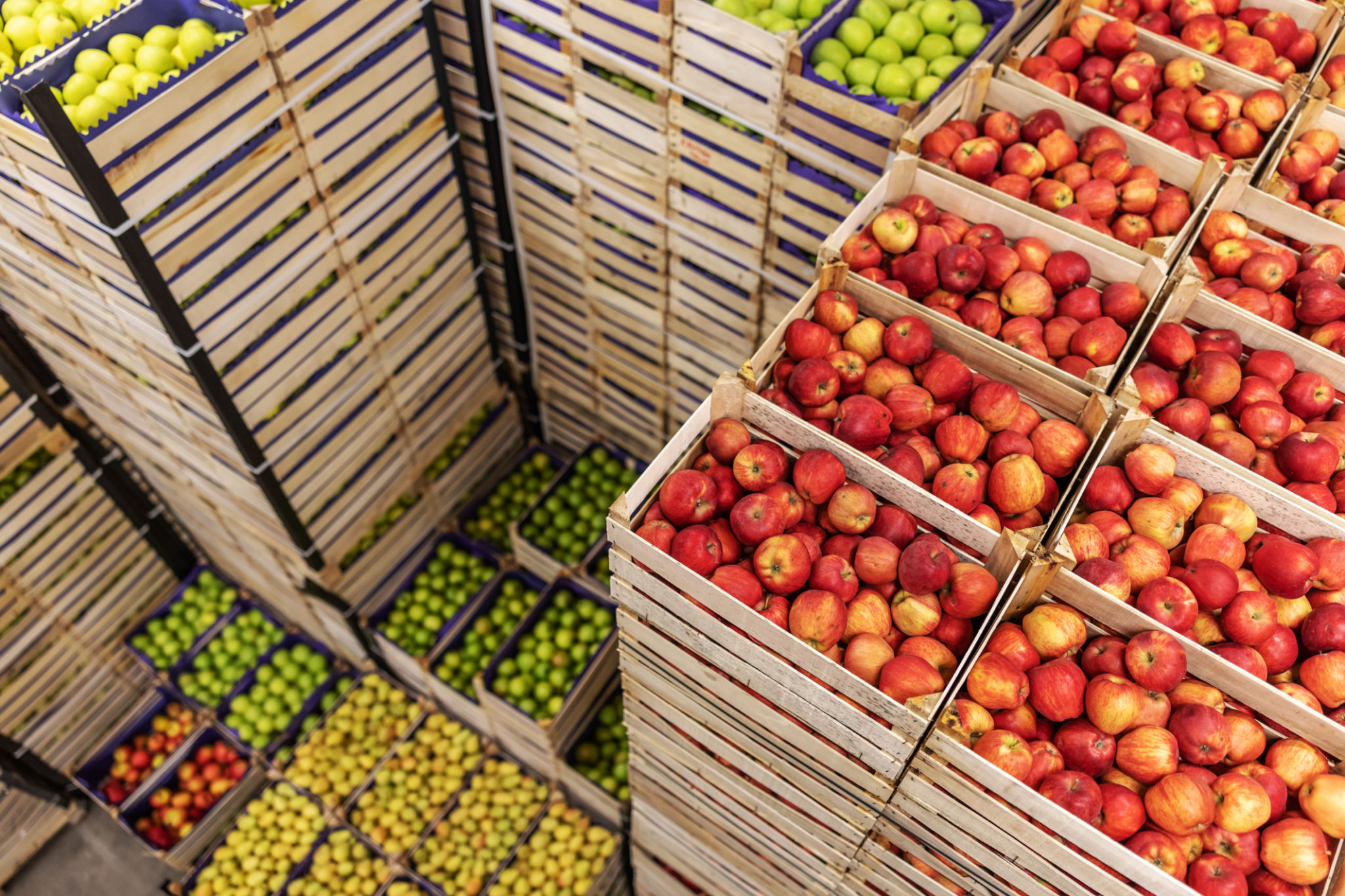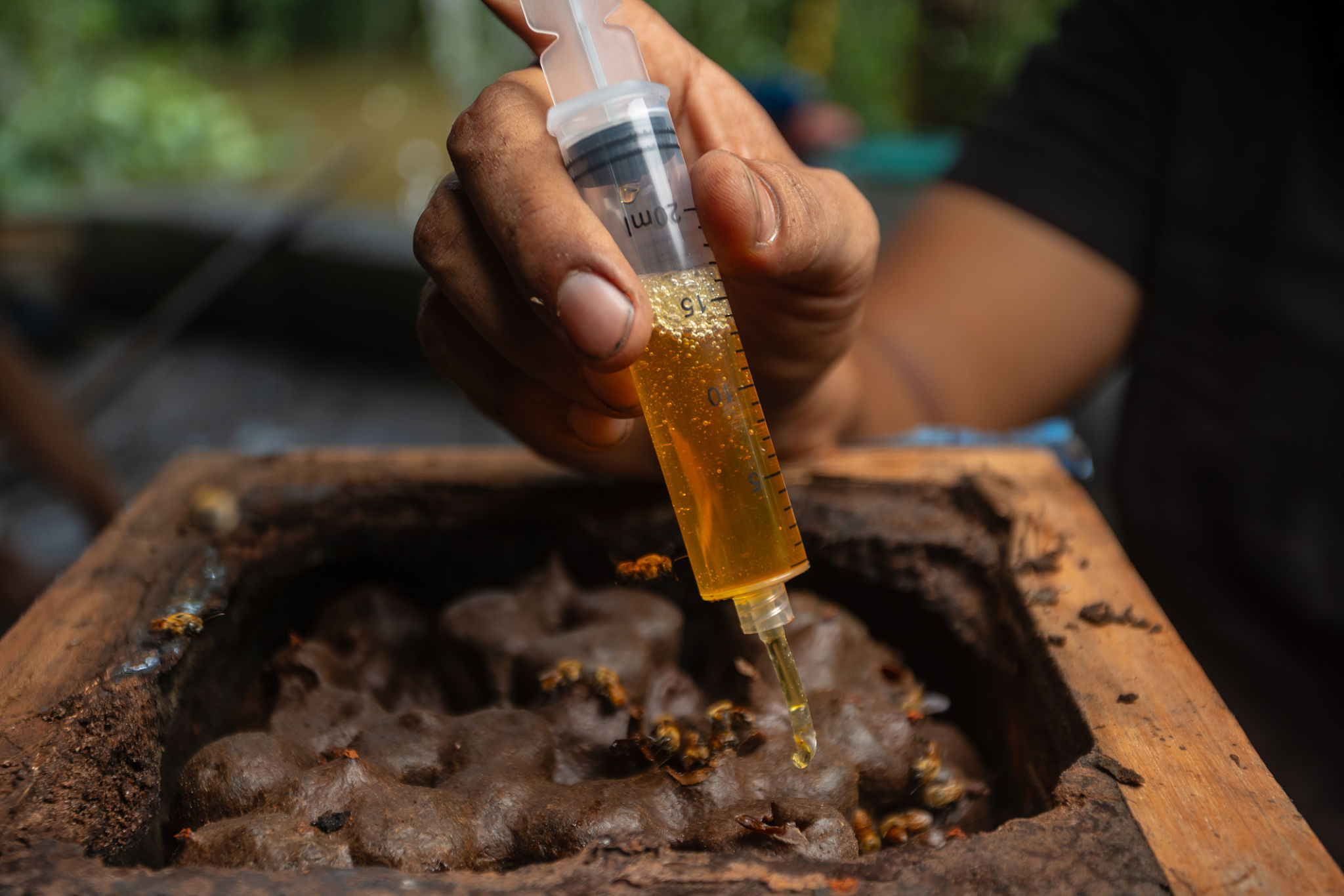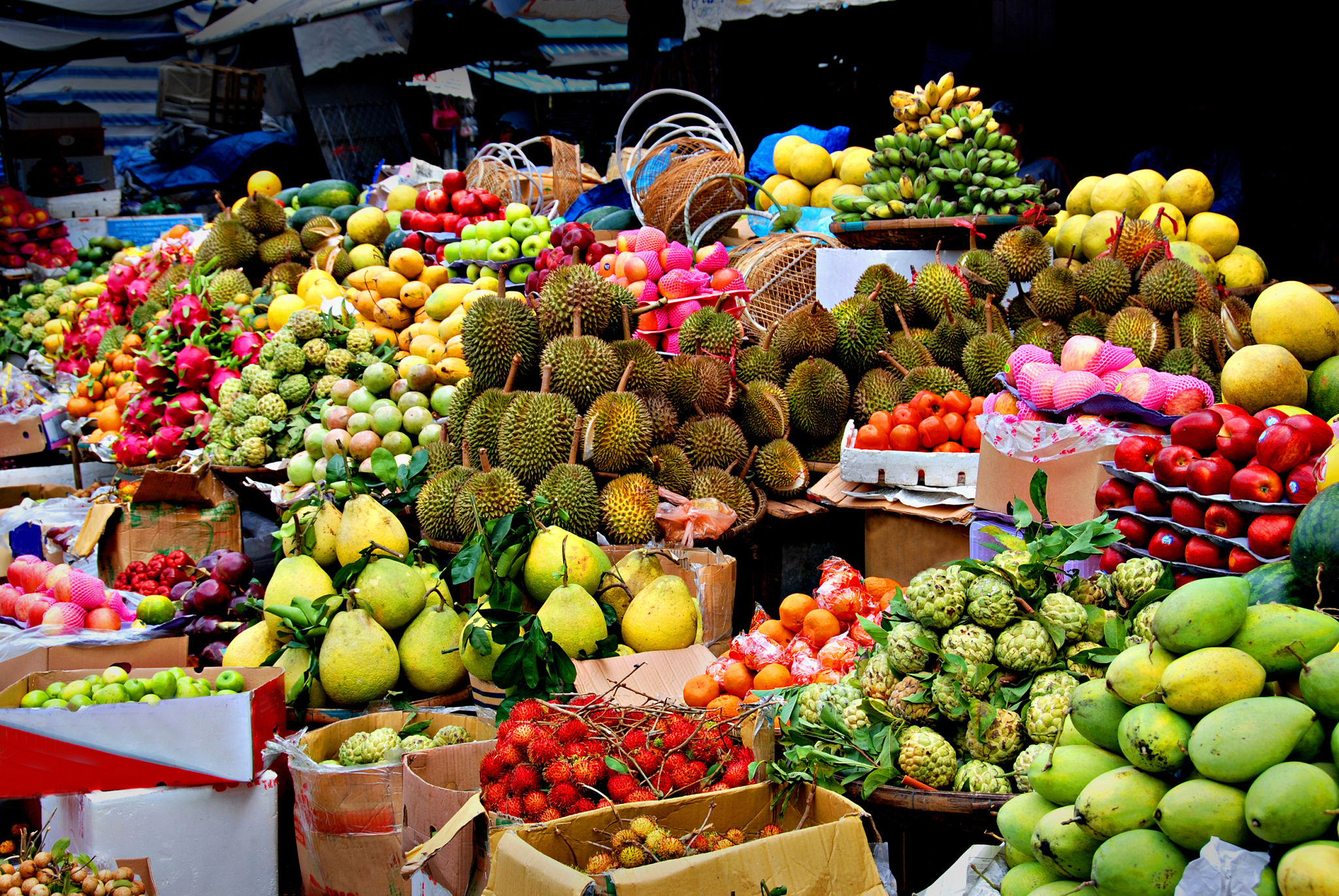Understanding the Seasonal Trends in the Peruvian Fruit Export Market
Introduction to Peruvian Fruit Exports
Peru is renowned for its diverse agricultural offerings, particularly in the fruit export market. The country's unique geography and climate conditions make it an ideal location for growing a wide variety of fruits. Understanding the seasonal trends in this market is crucial for exporters, buyers, and stakeholders looking to capitalize on Peru’s agricultural bounty.
In recent years, Peru has become a leading exporter of several fruits, including avocados, mangoes, grapes, and blueberries. These fruits are highly sought after in international markets due to their quality and flavor. By delving into the seasonal patterns, we can better understand the dynamics that drive this thriving industry.

Key Fruits and Their Seasons
Each fruit has its own growing season, which significantly impacts availability and export volumes. Here's a closer look at some of Peru's key fruit exports:
- Avocados: The Peruvian avocado season runs from April to September, with exports peaking during these months. The fruit is primarily shipped to the United States and Europe.
- Mangoes: Mangoes are harvested from November to March. This timing allows Peru to supply mangoes to northern hemisphere markets during their off-season.
- Grapes: The grape harvest occurs from December to April. Peru's counter-seasonal production benefits markets in North America and Europe.
- Blueberries: Blueberries are available from August to December, coinciding with high demand in the United States and other international markets.
Impact of Climate on Production
The geographical diversity of Peru means that different regions can support varied agricultural outputs. Coastal areas provide ideal conditions for fruits like grapes and blueberries, while the highlands are better suited for avocados. This diverse climate allows Peru to maintain a steady supply of different fruits throughout the year.

Challenges in the Market
Despite its strengths, the Peruvian fruit export market faces several challenges. One of the major issues is climate change, which can disrupt established growing seasons and impact yields. Additionally, logistical challenges such as transportation and infrastructure can affect the timely delivery of fresh produce.
Trade policies and international relations also play a significant role in shaping market dynamics. Tariffs and trade agreements can influence the competitiveness of Peruvian fruits in various global markets. Exporters must navigate these complexities to ensure sustainable growth.

Strategies for Success
To thrive in the competitive global market, Peruvian exporters must adopt effective strategies. These include investing in technology to improve production efficiency and quality control. Collaborating with international partners can also help expand market access and distribution networks.
Moreover, branding and marketing efforts are essential to distinguish Peruvian products in a crowded marketplace. Highlighting the quality, sustainability, and unique flavors of Peruvian fruits can attract more consumers and build brand loyalty.
The Future of Peruvian Fruit Exports
The future looks promising for the Peruvian fruit export market, with opportunities for growth and diversification. As global demand for fresh produce continues to rise, Peru is well-positioned to meet these needs thanks to its favorable climate and strategic location.
However, success will depend on the ability of producers and exporters to adapt to changing market conditions and consumer preferences. Continuous innovation and investment will be key drivers in maintaining Peru's position as a leader in the fruit export industry.
